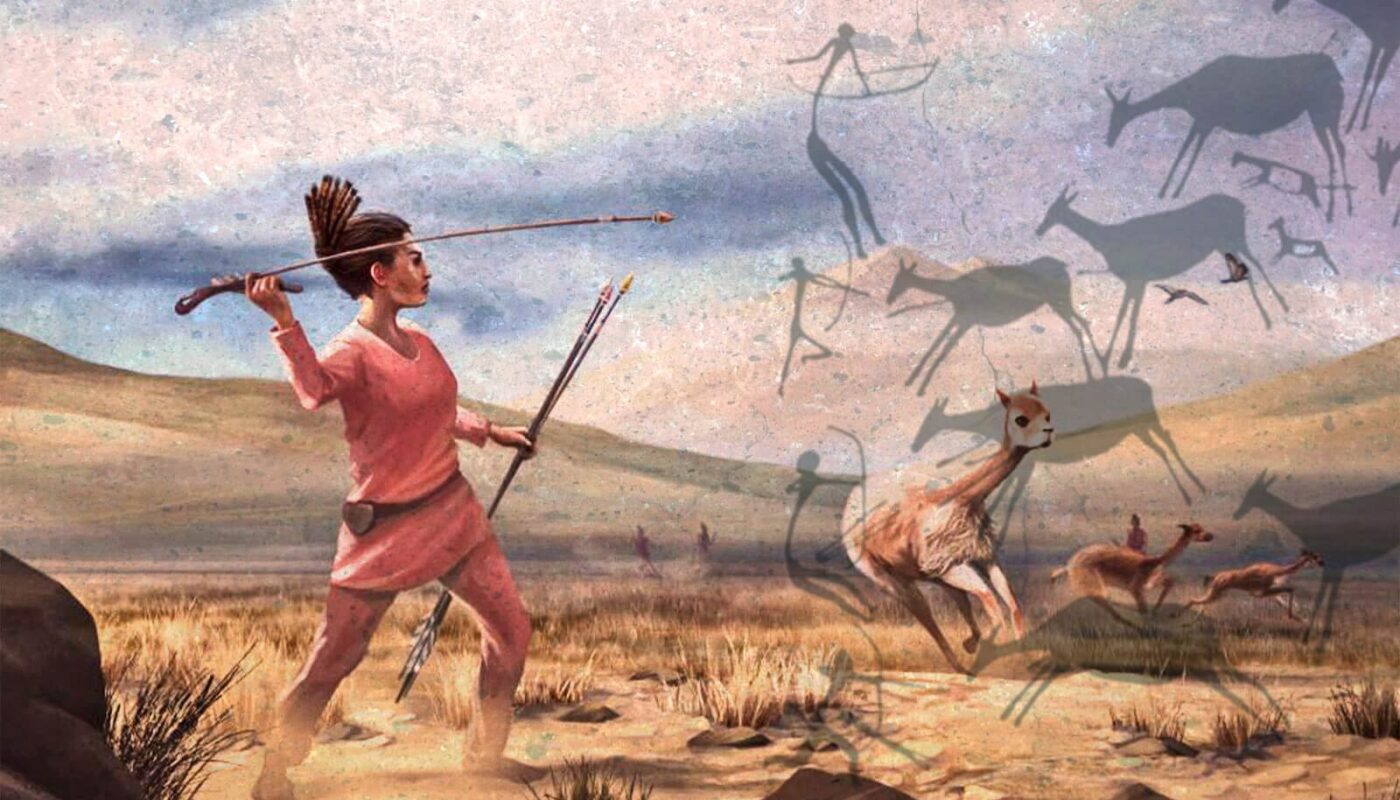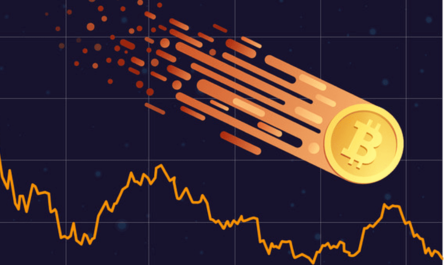In a groundbreaking series of studies, anthropologists Cara Ocobock and Sarah Lacy have challenged the long-held assumptions about prehistoric hunting practices and the roles of women in early societies. Their research, published in the journal American Anthropologist, provides compelling evidence that women not only participated in hunting activities but were also better suited for the physical demands of hunting than their male counterparts.
The traditional view of prehistoric societies depicts men as the hunters and women as the gatherers. However, Ocobock and Lacy’s research reveals that this depiction is based on biased interpretations of the past rather than concrete evidence. By examining physiological and archaeological evidence, the researchers demonstrate that prehistoric women were not only capable of engaging in hunting but also had biological advantages that made them exceptionally well-suited for the task.
One key finding of the studies is that the female body is better adapted for endurance activities, which would have been crucial in prehistoric hunting. The researchers attribute this advantage to the higher levels of estrogen and adiponectin, hormones that play a critical role in glucose and fat regulation. Estrogen, in particular, promotes fat metabolism, providing a sustained source of energy during prolonged periods of activity.
The female body structure also contributes to its suitability for hunting. With wider hip structures, women are able to take longer strides, conserving energy and allowing them to cover greater distances. This, in turn, enhances their endurance, making them comparable to marathon runners.
Moreover, archaeological findings suggest that both men and women in prehistoric societies engaged in close-contact hunting, resulting in similar patterns of injuries. The researchers note that prehistoric women likely continued hunting even while pregnant, breastfeeding, or carrying children, challenging the idea of a strict sexual division of labor.
Ocobock emphasizes that this research is not about rewriting history but about correcting the oversight of women’s contributions in prehistoric societies. The prevailing assumptions about male-centered hunting practices have long shaped our understanding of the past. By showcasing the active involvement of women in hunting activities, Ocobock and Lacy hope to challenge these biases and change the narrative surrounding female physical abilities.
The implications of these studies extend beyond the realm of anthropology. In the current social and political climate, discussions around sex and gender are more prevalent than ever. By dismantling the stereotypes of female physical inferiority, Ocobock and Lacy hope to contribute to a broader shift in societal perceptions.
However, the researchers also emphasize the need for cautious interpretation of the past. They warn against allowing modern biases to influence our understanding of historical evidence. It is crucial to approach the study of prehistoric societies with an open mind and to ask unbiased questions in order to uncover the true complexities of our ancestors’ lives.
In conclusion, these groundbreaking studies challenge the conventional view of prehistoric hunters and shed light on the vital role women played in early societies. By providing a more accurate understanding of our past, Ocobock and Lacy’s research seeks to rectify the erasure of women from historical narratives and promote a more inclusive understanding of human history.
*Note:
1. Source: Coherent Market Insights, Public sources, Desk research
2. We have leveraged AI tools to mine information and compile it



